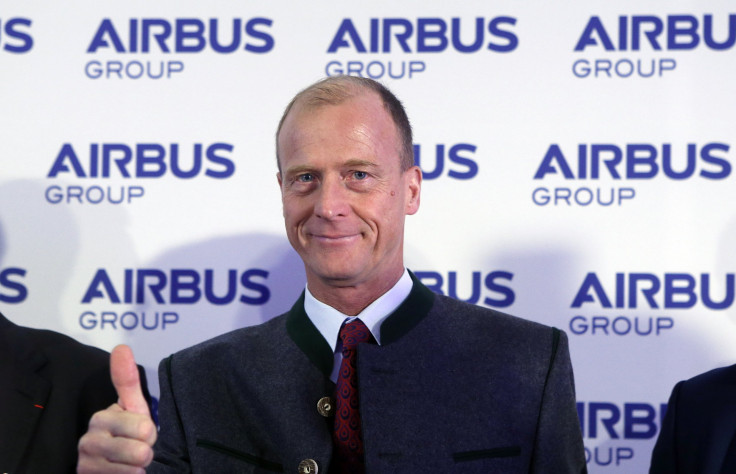Airbus Flying Car? Vahana Prototype To Be Ready For Test By 2017-End, CEO Tom Enders Says

We have all seen futuristic movies or read sci-fi books that feature flying cars that zoom and swerve in the skies, leaving behind the congestion of the urban sprawls below. And one company is working toward making that a reality in a not-too-distant future.
French aerospace giant Airbus, commonly known for building airplanes, has been working on a flying car since mid-2016. Called Vahana (a Sanskrit word that means the vehicle of gods), it is meant to be “a self-piloted flying vehicle platform for individual passenger and cargo transport.” The project is a part of the company’s A^3 division, located in Silicon Valley, California.
In a statement, A^3 CEO Rodin Lyasoff said flight tests for the first Vahana prototype are expected at the end of 2017.
“Many of the technologies needed, such as batteries, motors and avionics are most of the way there,” Lyasoff said, but warned that the biggest challenge was to develop technology that would allow the vehicle to sense and avoid potential collisions. The self-driving technology is still being developed for cars that drive on roads, and no such solution exists for airborne travel.
And speaking Monday at the DLD digital tech conference in Munich, Germany, Airbus CEO Tom Enders reaffirmed that timeline. He said the company was eager to invest in new technologies such as autonomous driving and artificial intelligence, and be at the forefront in the era of flying cars.
“One hundred years ago, urban transport went underground, now we have the technological wherewithal to go above ground. We are in an experimentation phase, we take this development very seriously,” Enders reportedly said.
He added that using the sky for cars would save costs spent on building and maintaining roads and bridges, and also said that the technology behind the Vahana project would have to be one that doesn’t further pollute already congested cities.
© Copyright IBTimes 2024. All rights reserved.





















